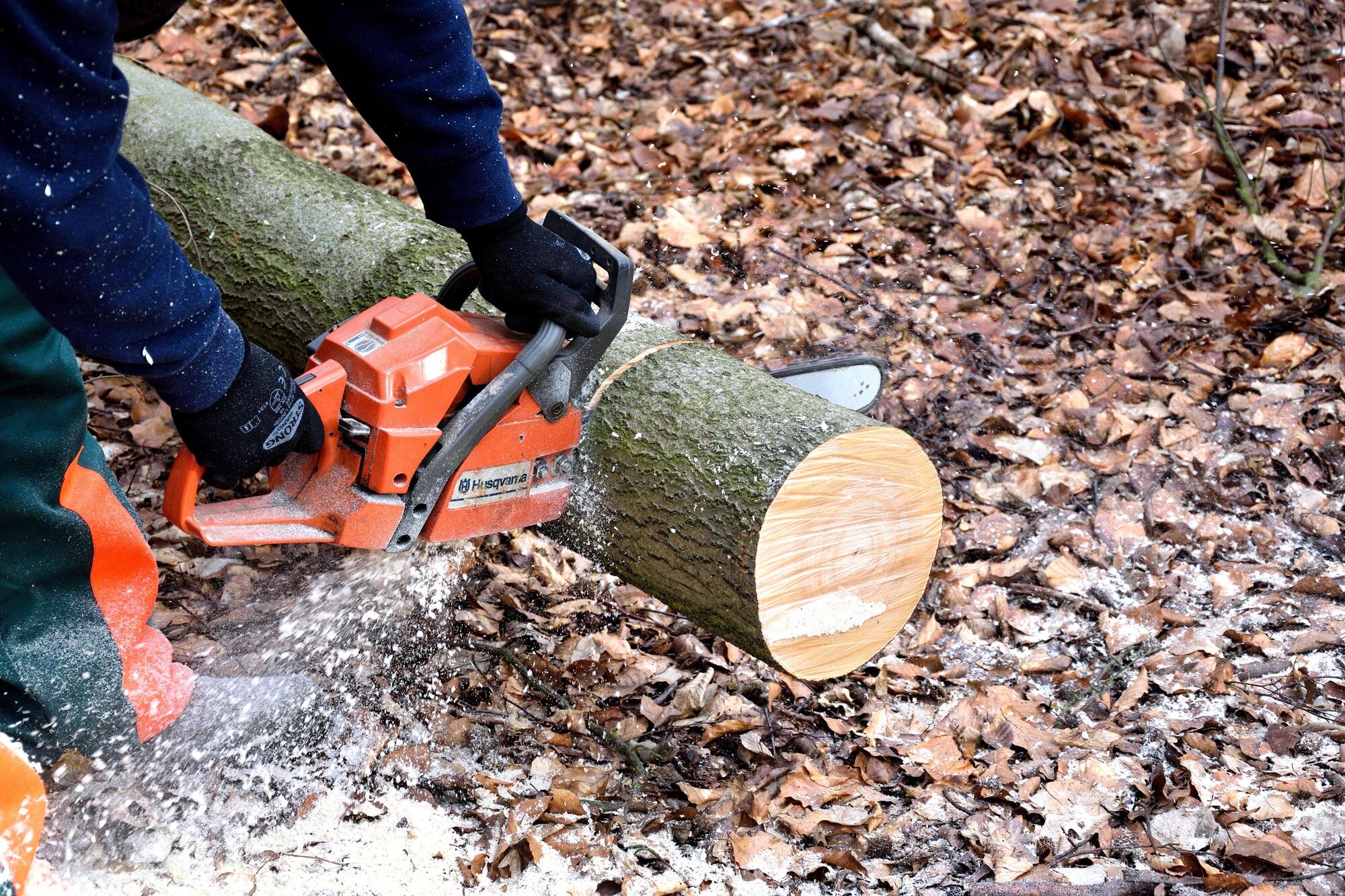10 Essential Tips for Proper Chainsaw Maintenance
There are roughly 36,000 people treated in emergency rooms per year for chainsaw-related injuries. It's no secret that these high-power, high-speed saws are dangerous for use when they aren't used correctly.
One of the best ways to use a chainsaw correctly is to practice good chainsaw maintenance. Maintaining your chainsaw helps to reduce the risk of it breaking mid-use, which can reduce the chance of injuries. Good chainsaw performance also makes it easier to use safely.
If you're looking for ways to maintain your chainsaw, we're here to help. Read on for the ten most important tips for proper chainsaw maintenance.
1. Perform Visual Checks
One of the most important steps in any maintenance routine is to perform a visual check. As the name implies, a visual check is simply looking at your machine to see if there's anything visibly wrong.
It may sound mundane, but spotting a problem is easily the best way to avoid a disaster. A cursory look over your chainsaw can help you see any notable damage. Look for chips, a loose handle, or anything else that looks like physical damage.
There's more than just breakages in the equipment, though. You can also see if an electric chainsaw is plugged in properly, or if a gas machine has the gas cap on. Check for anything incorrect before and after operating a chainsaw.
2. Keep the Chainsaw Clean
Another important step is to keep the chainsaw clean. Some people see no point in this. A chainsaw's going to inevitably get dirty, so why bother?
After you use a chainsaw, it will likely have wood chips, dirt, and sap on the chain and body. The detritus can harden and cause damage, as well as be harder to get off.
Sap can make your chain stick to the blade, for example. Dirt may clog and ruin air vents or electronics. Always clean your chainsaw after use.
3. Investigate the Chain for Damage
Most chainsaw-related injuries come, perhaps unsurprisingly, from the chain. A damaged chain can break mid-use and whip off, striking the user.
Investigate your chain for any obvious damage before and after use. The damage may be missing teeth, a loose chain, or breaks in the metal.
However, you must never inspect your chainsaw while it's active. Always remove power from the chainsaw and don't put your hands on a blade that can turn on.
4. Keep the Chain Sharpened
You may not think about sharpening the chain of your chainsaw. Is sharpness that important when the metal is moving so swiftly?
A dull chainsaw can take longer to cut and is more likely to get caught in the wood. These problems can cause the common issues with kickback, which can injure you or break the chainsaw.
That said, chainsaw sharpening requires specialty equipment and isn't an easy task. It may be better to bring your chainsaw to the experts, but if you're up to the task, you can purchase round chainsaw sharpening files, chain grinders, etc., to help aid the process.
5. Replace the Chain Regularly
Another way to keep the chain sharp is to replace it regularly. While this method is more expensive in some ways, it's also much easier and doesn't require specialty equipment. Purchasing a spare chain can help you swap easily when you need it.
However, it may not always be more expensive. Chainsaw sharpening requires expensive equipment that may cost more than a chain. You'd need to purchase quite a few chains to match that price.
6. Replace Old Gasoline
If you work with gas-powered machines often, you're familiar with the threats of old gasoline. Letting the same gasoline sit in your chainsaw long enough can cause issues with the internal components. It can also cause a gum-like residue to form, which can cause blockages.
It's simple to replace the gas often. While this can feel wasteful, it can stop your chainsaw from breaking. Consider only using as much gas as you need to avoid waste.
7. Check the Air Filter
Your chainsaw will draw in and expel air as it works. Since you're often launching particulate matter into the air, this matter is sometimes sucked into your chainsaw.
Your air filter will stop this to an extent, but it won't last forever. You should replace your air filters frequently to avoid any lasting damage.
How often depends on how often you use your chainsaw. Consider deciding based on an inspection of the chainsaw rather than by time elapsed.
8. Check Chain Tension
Chain tension is a measure of whether your chain is tight or slack. A slack chain can easily fly off the blade, breaking or causing injury. A loose chain also may not cut as well since you can't put as much pressure on the saw.
Checking the chain's tension is usually as simple as a visual inspection. Look and see if the chain is slack or hanging off more than usual. If it is, tighten it or replace it if damage has caused this issue.
9. Maintain Your Batteries
Electric chainsaws will operate with batteries instead of gasoline. While there are some corded chainsaws, cordless battery-powered chainsaws are somewhat more common.
The batteries need maintenance as well, though not much. More than anything, you should check and ensure that they're fully charged whenever possible. If you spot any corrosion, safely discard the battery and replace it.
10. Replacing the Bar
Finally, one step you may need to take is to replace or clean the bar on your chainsaw. The bar is what many people are referring to when they say blade.
As this metal arm supports your chain during cutting, any issues with it can be catastrophic. Replace the bar at regular intervals to ensure that you're always using a safe chainsaw. We carry a variety of Chainsaw Bars, Delimber Bars and Harvester Bars, as well as Slasher Bars from the best brands, like Oregon Bars, Gem Chain, GB, and Archer.
Performing Chainsaw Maintenance
Maintaining your chainsaw may seem like a hassle, but good chainsaw maintenance will improve your tool's lifespan - and yours. Do your best to keep your chainsaw maintained so that you aren't taking any greater risks than necessary during chainsaw operation.
At Farmland Accessories, we're experts in providing you with the best forestry supplies. We're proud members of both the Louisiana Forestry Association and the Arkansas Forestry Association. Contact us today to see how we can help you make the most out of your chainsaw and other equipment.




